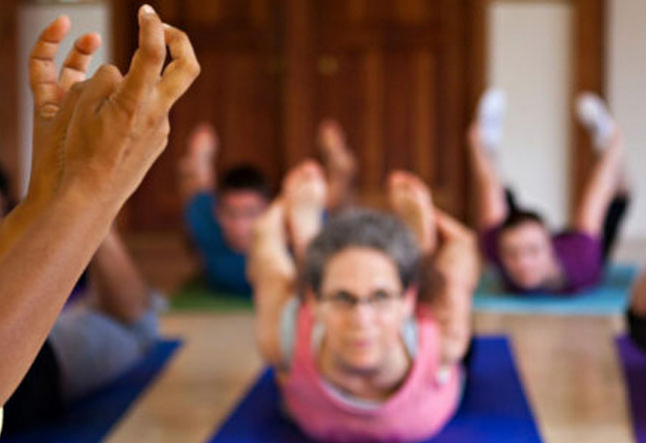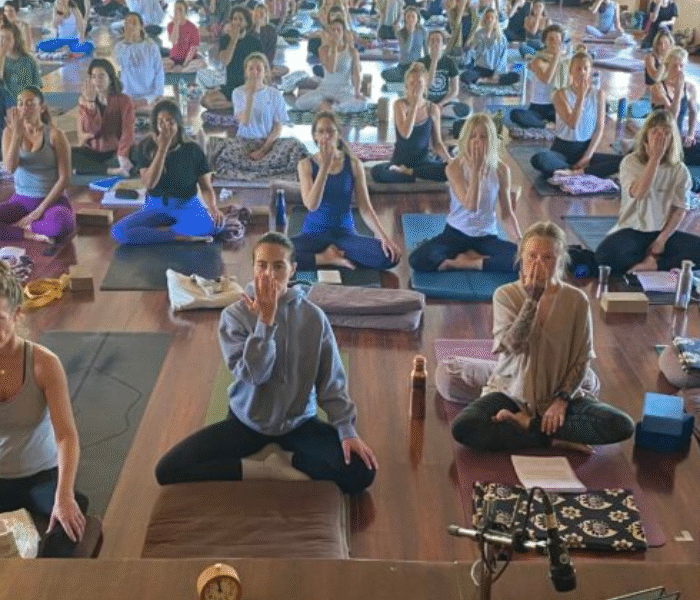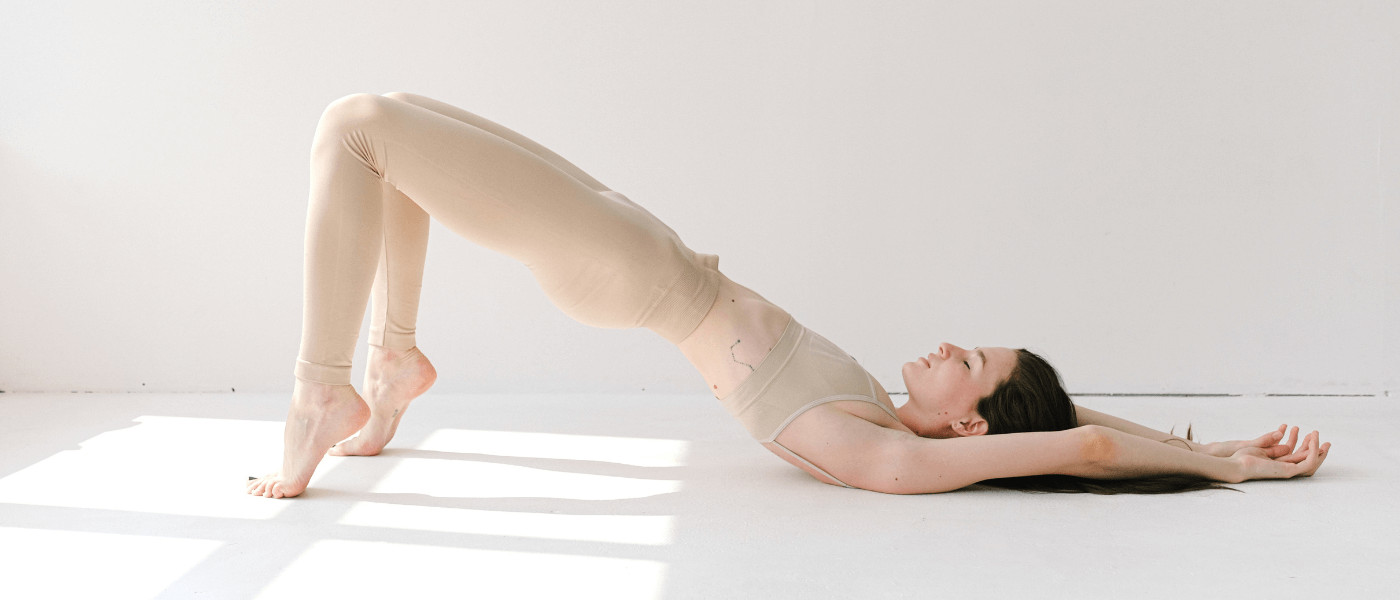5 Simple Tips for Teaching Yoga to Deaf and Hard of Hearing Students

Teaching deaf yoga or adapting your practice to support students with hearing loss can be a deeply enriching experience.
As someone living with sensorineural hearing loss, I’ve encountered unique challenges in yoga classes.
These experiences, combined with insights from my teacher training, inspired me to share tips for creating inclusive and empowering yoga spaces for the deaf and hard of hearing community.
Here are five practical tips to help your students with hearing loss feel seen, supported, and connected in your yoga class:
1. Ensure Clear Visibility During Demonstrations
Position yourself where your student can easily see you while you demonstrate poses.
This is especially important in deaf yoga, where visual cues often replace verbal instructions.
Standing nearby or to the side ensures they can catch the finer details of each posture and alignment.
2. Prioritize Eye Contact
In yoga for hearing loss, eye contact is a powerful tool for communication. A steady gaze conveys warmth, understanding, and a sense of connection.
Whether giving verbal cues or simply sharing a moment of presence, eye contact helps bridge the gap between teacher and student.
3. Speak Clearly and Face Forward
If your student relies on lip-reading, ensure you’re facing them directly when speaking. Avoid turning away or covering your mouth.
Even if your class is silent or uses minimal verbal cues, consider incorporating simple and clear hand gestures to complement your instructions.
Also read >>> Online Yoga Studio
4. Cultivate a Relaxed, Open Energy
Sensitivity to energy is heightened in many students with hearing loss. Approach your teaching with confidence, calmness, and an open heart.
Trust in your ability to guide them; even if you feel unsure, your energy will communicate far more than words ever could.
5. Offer Hands-On Adjustments Mindfully
Hands-on adjustments can be transformative for all students, especially those in yoga for hearing loss who may miss subtle verbal cues.
Always ask for permission before making adjustments, and use gentle, clear touch to guide them into proper alignment.
Why Inclusive Yoga Matters
Creating an inclusive environment benefits everyone in the yoga community.
By integrating these tips, you not only make your class accessible to deaf and hard of hearing students but also foster mindfulness and clarity in your teaching style.
Many of these practices—such as eye contact, clear communication, and confident energy—can enhance the experience for all your students, regardless of their hearing ability.
Bonus Tips for Inclusive Deaf Yoga Classes
If you’re interested in expanding your offerings, consider learning basic signs in American Sign Language (ASL) or collaborating with an interpreter for your classes.
This can help students feel even more supported and connected.
Additionally, explore visual aids like diagrams or handouts to explain complex poses or sequences.
Teaching yoga to students with hearing loss is a beautiful opportunity to expand your practice and deepen your connection with your students.
Use these tips as a guide to ensure your classes are welcoming, empowering, and truly accessible.
Whether you’re teaching a specialized deaf yoga class or simply want to be prepared to welcome students with hearing loss, these adjustments will transform your teaching into a more inclusive and compassionate practice.
Read next >>> Coming to your mat in the darkest of times




